小さな布のピースをはぎ合わせて作られた手のひらに収まる心臓、神話から出てきたような不思議な動物たち。片やシンプルでプレーンなフォルムに落ち着いたトーンの陶の器。一見、共通点がないように見えるこれらの作品を手がけるのは、coz.(コズ)として活動する大竹梢だ。小さい頃から自分で人形やぬいぐるみを作るような子供だった。大学進学後も布をメインに扱い、アートピースを制作、結婚して子供が生まれた後は、子供の洋服からおもちゃまでどんな物でも手作りで作った。布という素材は長く付き合ってきた分、自由に手を動かしていても最後は形になるという信頼感があるため、あまり完成イメージを固めすぎずに作る。一方で陶芸においては乗せる料理や使い勝手を考えながら、形や色をあらかじめ計画して作っている。素材をコントロールしたり制限する中での形の美しさを探求している。素材に対峙する気構えも制作プロセスも相反する二つのジャンル。この間を行き来するcozの作品は、人の多面性やアンビバレントな性質を思い起こさせる。元来、人の感情や性格とは、そんなに単純ではないのだ。
coz. Otake Cozue 大竹こずえ
他者と自己、素材と対峙するものづくり
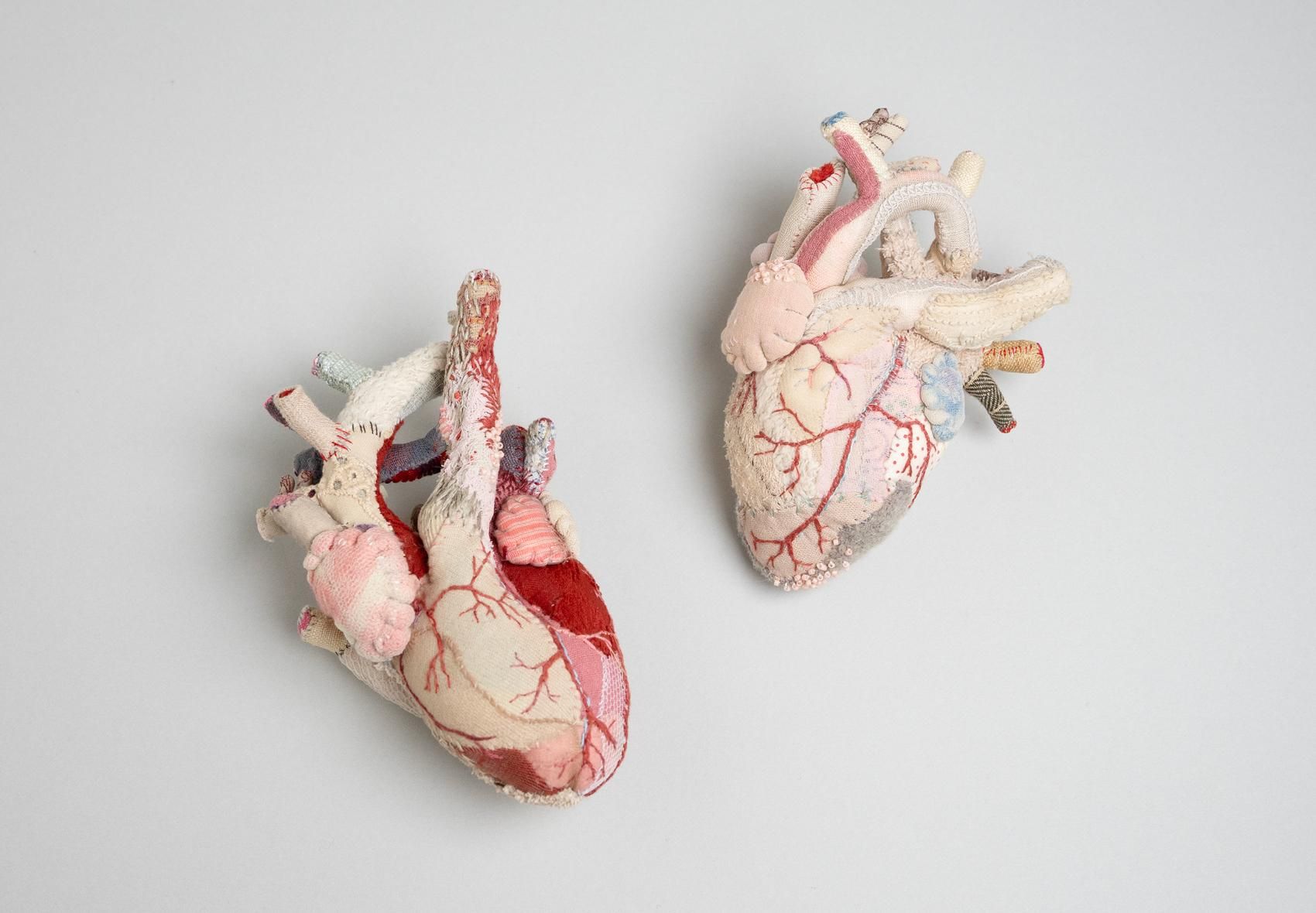
布と土、異なる素材へのそれぞれのアプローチ
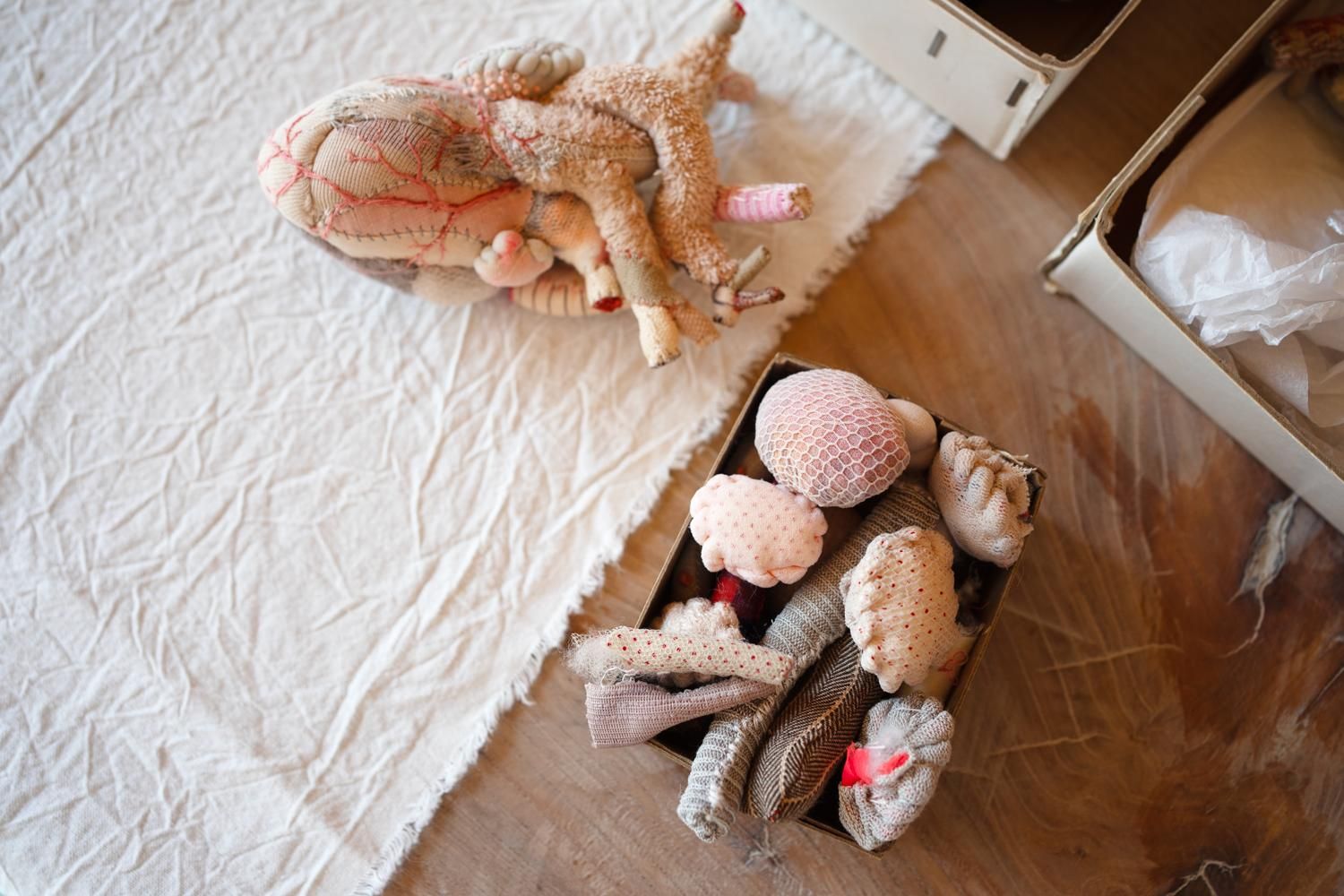
シュルレアリズムの世界に魅了されて
高校生の頃に、ヤン・シュヴァンクマイエルやクエイ兄弟に代表されるチェコアニメーションに触れる機会があった。ダークで奇妙なファンタジーの世界はショッキングであると同時に、一瞬で虜になり、自分はこういうものが作りたい、と思った。大竹の作る可愛らしくも少し奇妙な作品たちは、ここが原点になっている。「人形」というもの自体が、古代から呪術や祭事、宗教など様々な形で人に扱われてきた歴史があり、そうしたものの持つ意味合いも意識をしながら制作をしている。例えば使用する布は成形する前に一度、赤ワインやお茶、ヨモギなどで煮ることで、色に統一感を出し、少し古びた印象になるようにする。ヨモギは邪気を払ったり、赤ワインは生贄の血の代わりにしたりという言い伝えがあり、そうしたストーリー性のある制作過程も含めて一つの作品だ。心臓と脳には、とりわけその二つの関係性に興味があり、作品のモチーフとして探求している。

娘と育んだものづくり
大竹には二人の娘がいる。子供たちが小さい頃は、子供が喜ぶものや欲しているものをその場で作る、いわば娘の専属アーティストだった。人形、おままごと、メイクセット、洋服、なんでも布を使って即興で作った。子供たちを喜ばせたい、というのはもちろん、ものを一から作ってそれを使うというプロセスを子供たちに見せたいという思いもあった。大竹自身、画家である父親が家のリビングで油絵を描いている姿を見て育った。子供に見せられる自分の母親像はと考えたときに、自分には作ることしかなかった、と話す。これまで子供からインスピレーションをもらい、子供に向けてきたものづくりの矢印は、現在大竹自身に再び向いている。自分とは何者か、自分の好きな世界観とは。より内省的にものづくりを探求している大竹は、もっといろいろな素材に挑戦したくなってきたと話す。子供のために何かを作る機会は減ったが、今でも子供たちのひたむきな姿に刺激をもらうことも多い。親と子の間で育まれてきたものづくりは、子が成長するに連れて形を変えながらも、これからも脈々と続いていく。
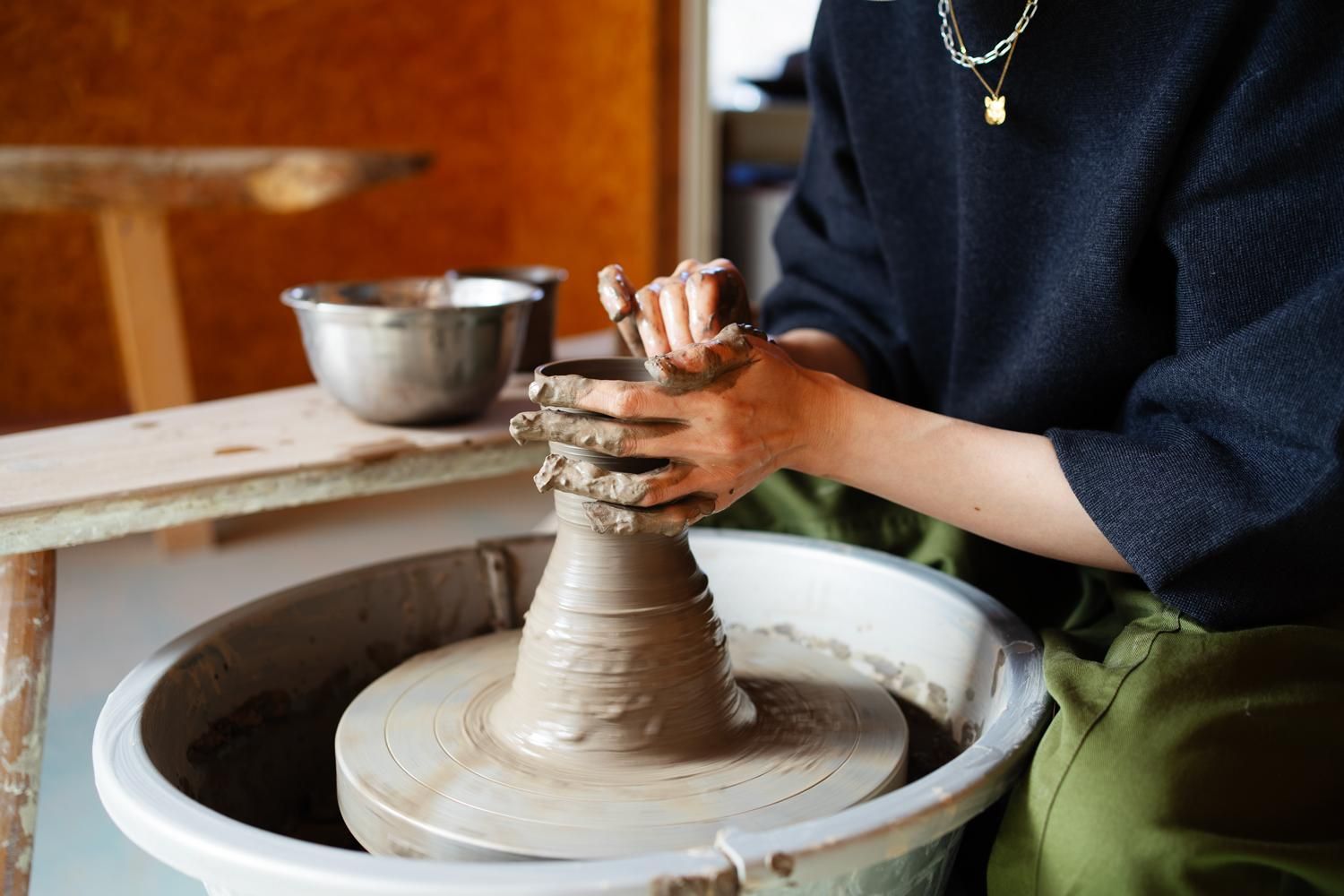
- 1977
- 静岡県生まれ
- 2001
- 東京藝術大学デザイン科卒業
- 2017
- 陶芸を始める
陶芸家竹村良訓に師事
An Artistic Practice that Engages with Others, Oneself, and Materials

Fabric and Clay: Different Approaches to Different Materials
From a heart that fits in the palm of one’s hand, made of small pieces of fabric that are carefully stitched together, to curious-looking animals that seem to have stepped out of the world of mythology. Then there are ceramic vessels of plain simplistic forms that permeate with an air of serenity and sophistication. These works, which at first glance appear to have nothing in common, are all created by Otake Cozue, who works under the name coz. From a young age, Otake was the kind of child who made her own dolls and stuffed toys. After entering university, she continued to work mainly with fabric to create art pieces, and following her marriage and the birth of her child, she has made everything from children's clothes to toys by hand. Due to her long experience of engaging with fabric as a material, and thus being confident that the everything will ultimately take shape even when working freely with her hands, Otake produces her work without necessarily having a fixed image of the completed work in mind. On the other hand, when producing ceramics, she meticulously plans the shapes and colors in advance while considering the food that they will be used to serve, as well as issues of usability and versatility. What serves as a key element of her practice is exploring the beauty of form in controlling and restricting the materials that she employs. Fabric and clay are at odds with one another in terms of both her attitude towards these materials and the production process that she employs. Traversing back and forth between these two genres, coz’s works remind us of the multifacetedness and ambivalence of human nature. Essentially, human emotions and personalities are not all that simple.

Fascinated by the World of Surrealism
When in high school, Otake had the opportunity to encounter works of Czech animation represented by the likes of Jan Švankmajer and the Brothers Quay. The dark and mysterious world of fantasy that unfolded in their works, while shocking, had instantly captivated her, instilling her with the desire that such was the kind of thing she wished to create. Herein lies the origin of Otake’s endearing yet slightly peculiar works. ‘Dolls’ themselves have a history of being used by people in various ways since ancient times, such as in witchcraft, festivals, and religious rituals, and she creates her works while being aware of the meaning and significance of such things. For instance, the fabric that she uses is boiled in red wine, tea, or wormwood before being molded into shape to make the colors more consistent and to give it a slightly old-fashioned look. Wormwood is said to ward off evil spirits, while red wine is used as a substitute for blood in sacrificial rights of passage. In this respect, the process of making the work, with its story and narrative, in itself constitutes part of the work. Furthermore, Otake is particularly interested in the heart and brain and the relationship between the two, which she continues to explore as motifs in her work.

Creativity and Craftsmanship Nurtured Together with Her Daughters
Otake has two daughters. When her daughters were young, she was their personal artist, so to speak, creating on the spot what they enjoyed or wanted. She improvised and made anything she could out of fabric, from dolls, toys for playing house, make-up sets, clothes, and more. While she of course wished to please her children, she also wanted to show them the process of making something from scratch and using it. Otake herself grew up watching her artist father paint oil paintings in the living room of their family home. She mentions that when she thought about what kind of mother figure she could present to her children, the only thing she could think of was to make things. The drive to create, which until now has been inspired by and directed towards her children, turns again to Otake herself, encouraging her to contemplate who she is and the kind of world that she is fond of. Otake, who now explores her creative practice in a more introspective manner, expresses her newfound desire to try working with more various kinds of materials. Although she now has fewer opportunities to make things for her children, she is still often inspired by their earnestness and efforts. The creativity and craftsmanship that has been nurtured between a parent her children will no doubt continue to further evolve and change as the children grow older.

- 1977
- Born in Shizuoka Prefecture
- 2001
- Graduated from the Department of Design, Tokyo University of the Arts
- 2017
- Started working with ceramics
Studied under ceramic artist Yoshinori Takemura
-
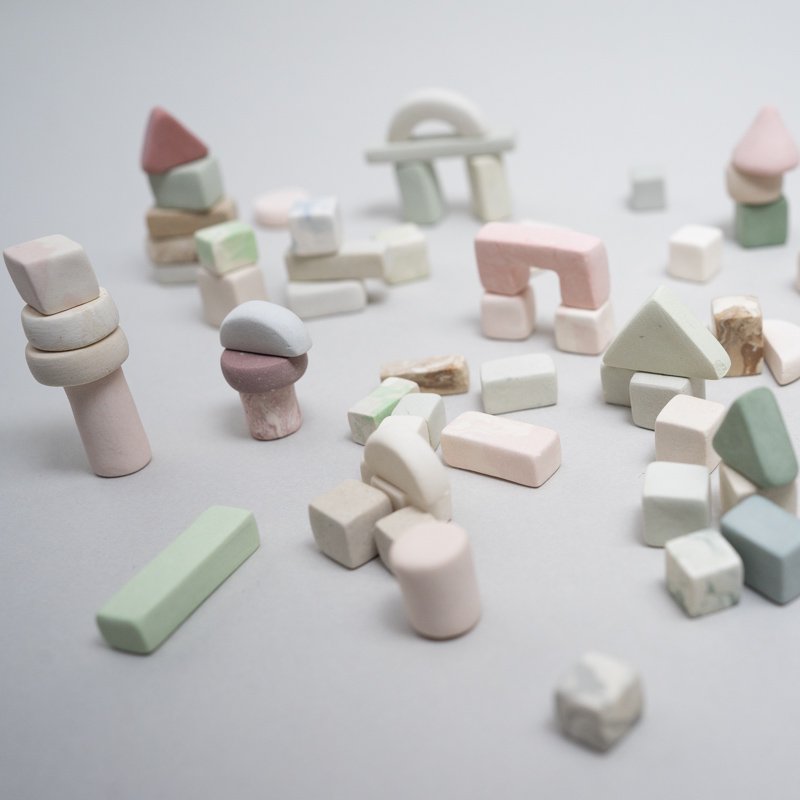
TSUMIKI “ぼんやりした記憶” E
-
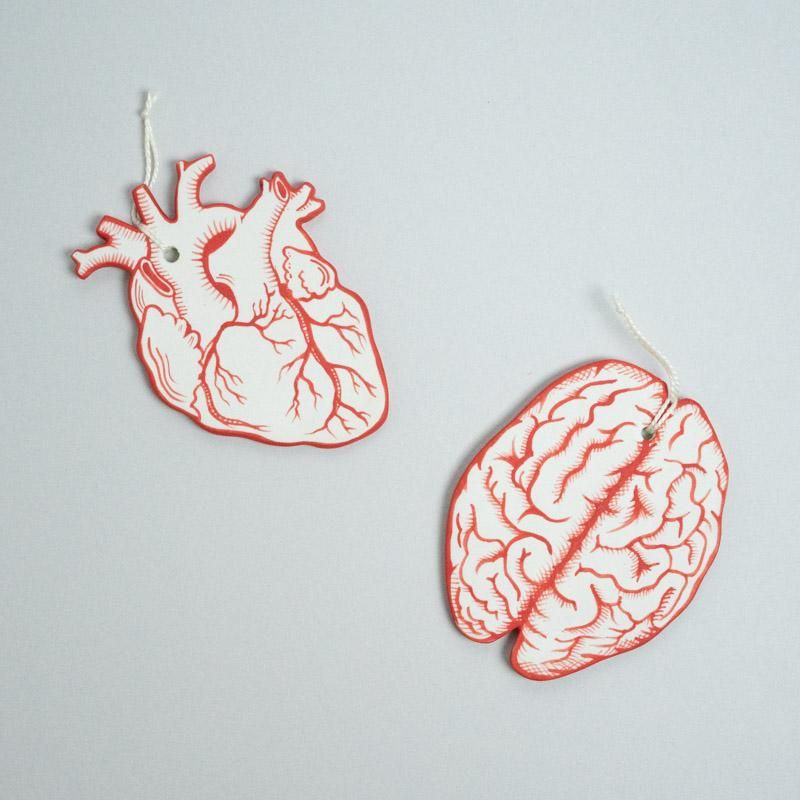
ORNAMENTS “とくべつな関係” A
-
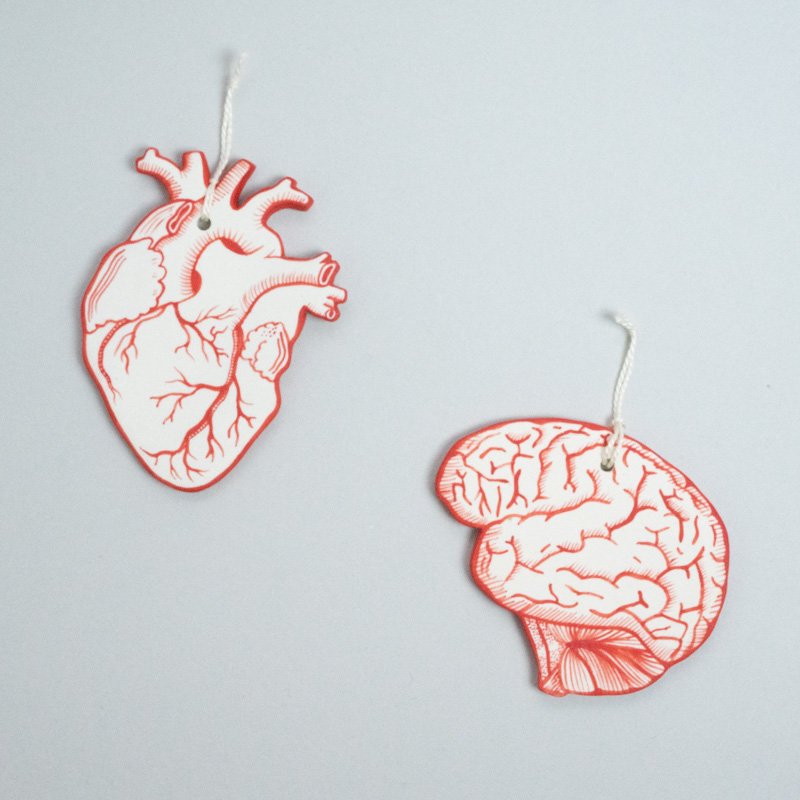
ORNAMENTS “とくべつな関係” B
-
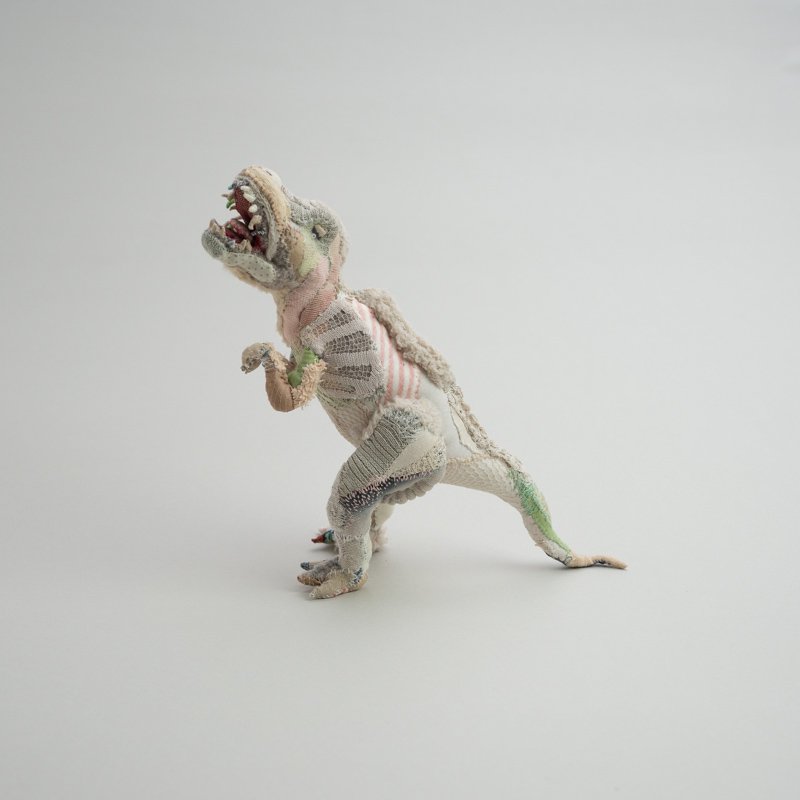
TYRANNOSAURUS
-
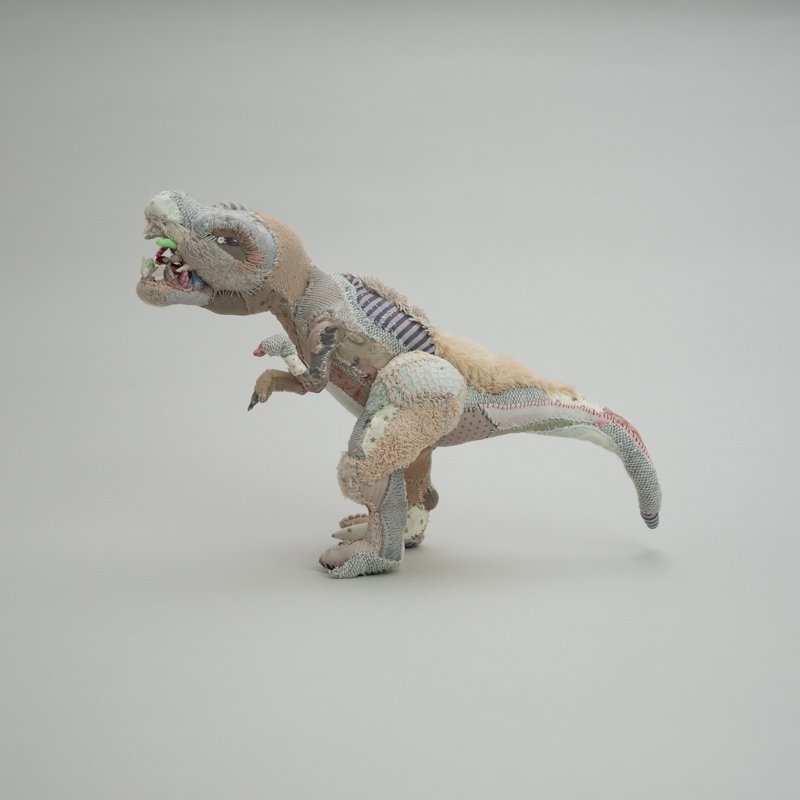
TYRANNOSAURUS
-
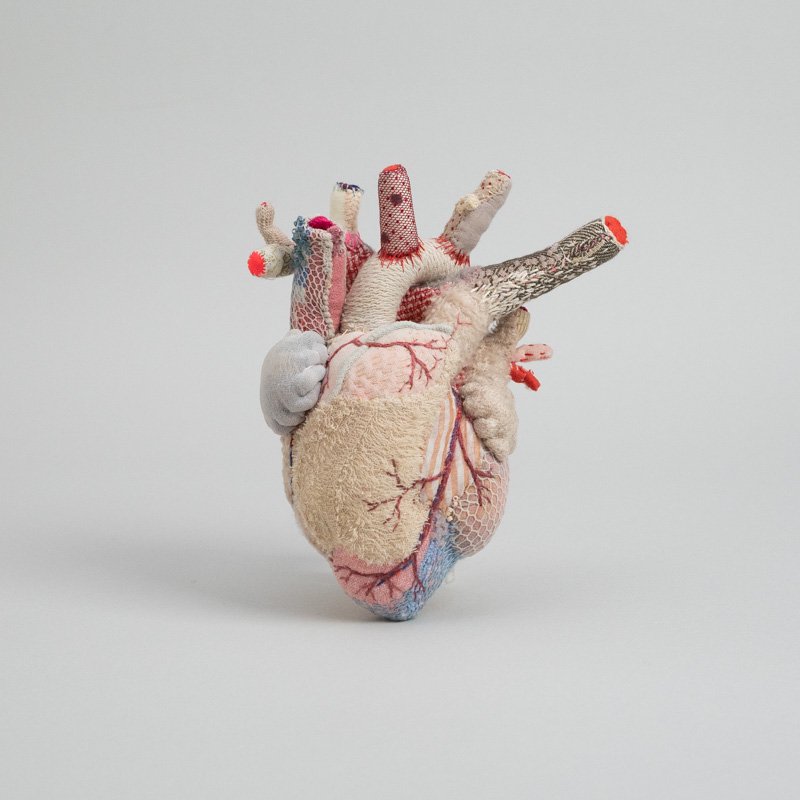
STUFFED HEART “うわのそら” #11
-
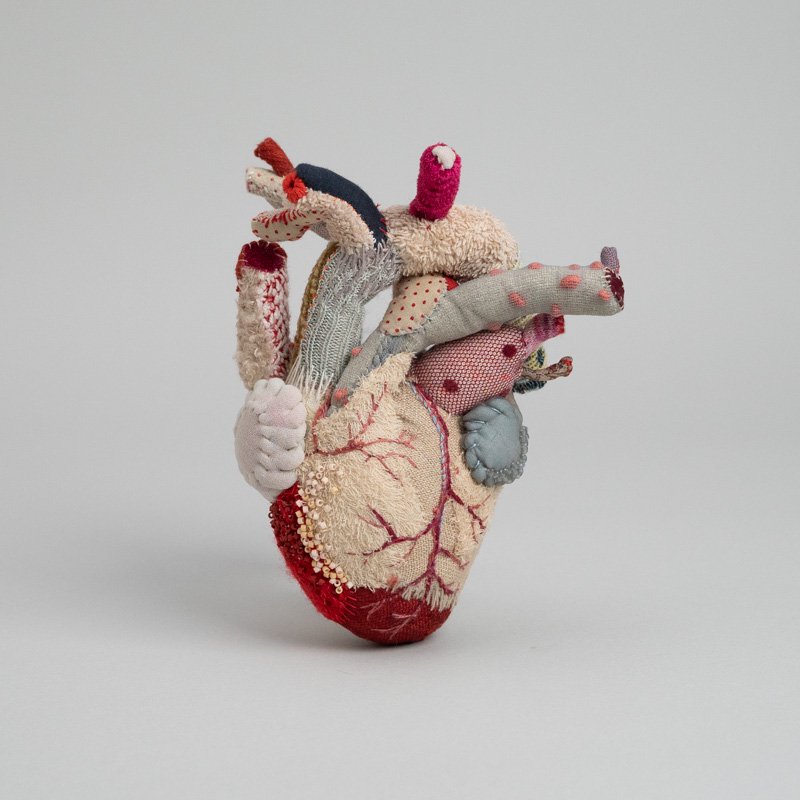
STUFFED HEART “うわのそら” #12
-
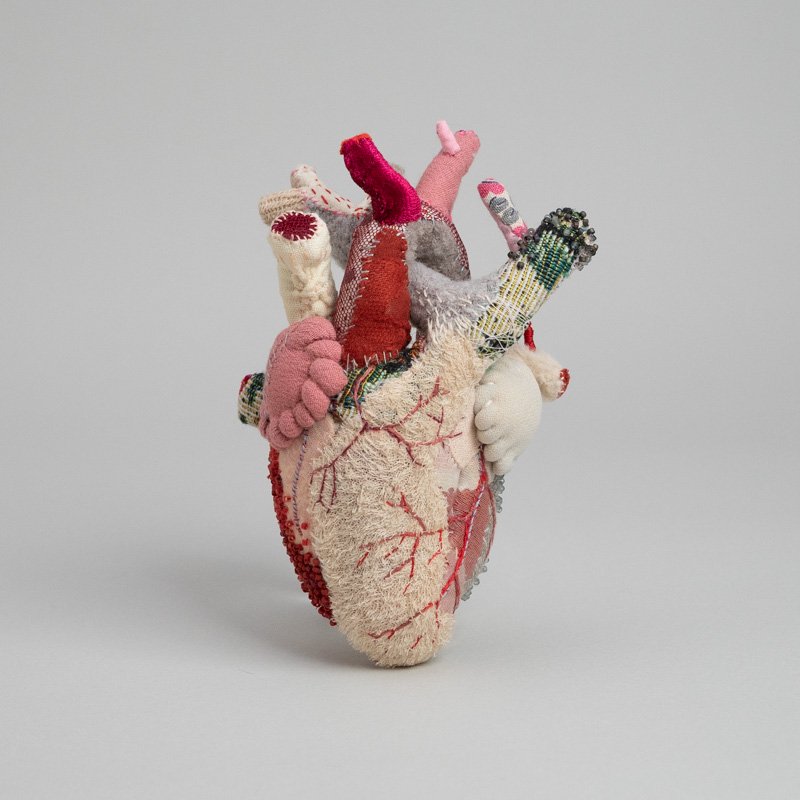
STUFFED HEART “うわのそら” #13
-
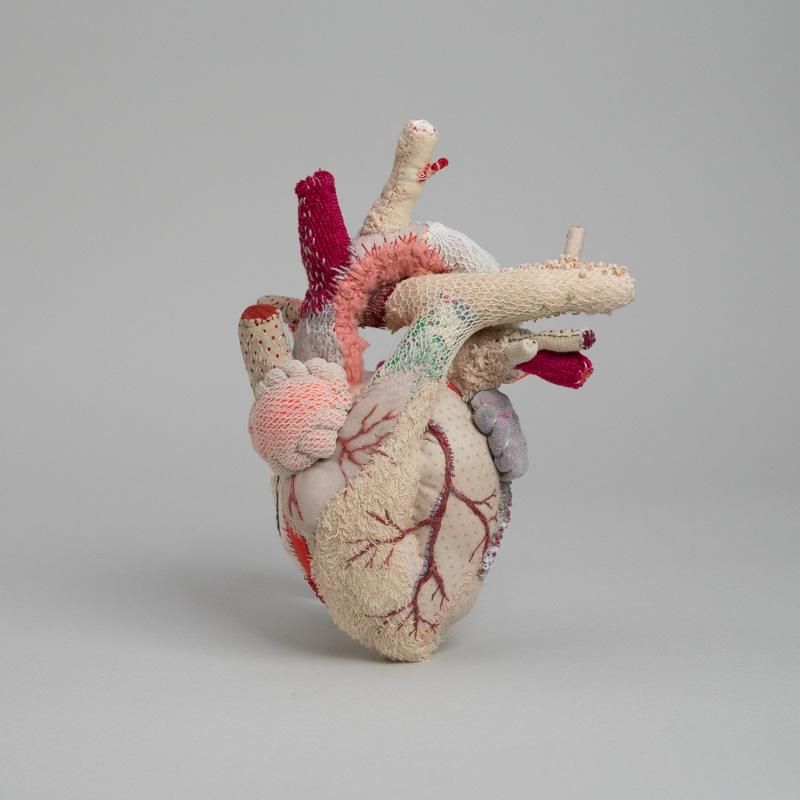
STUFFED HEART “うわのそら” #14
-
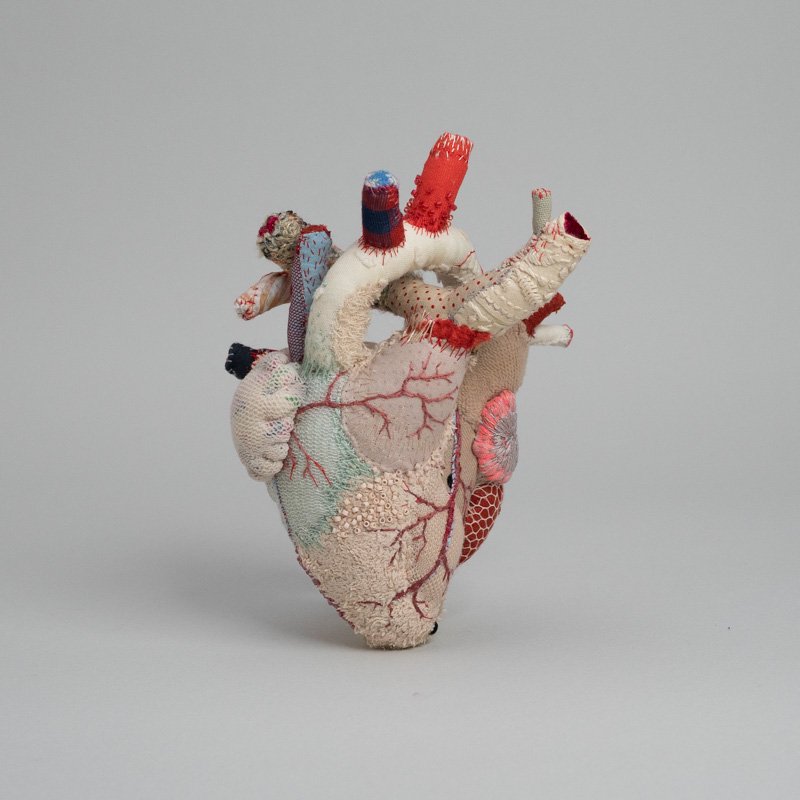
STUFFED HEART “うわのそら” #15
-
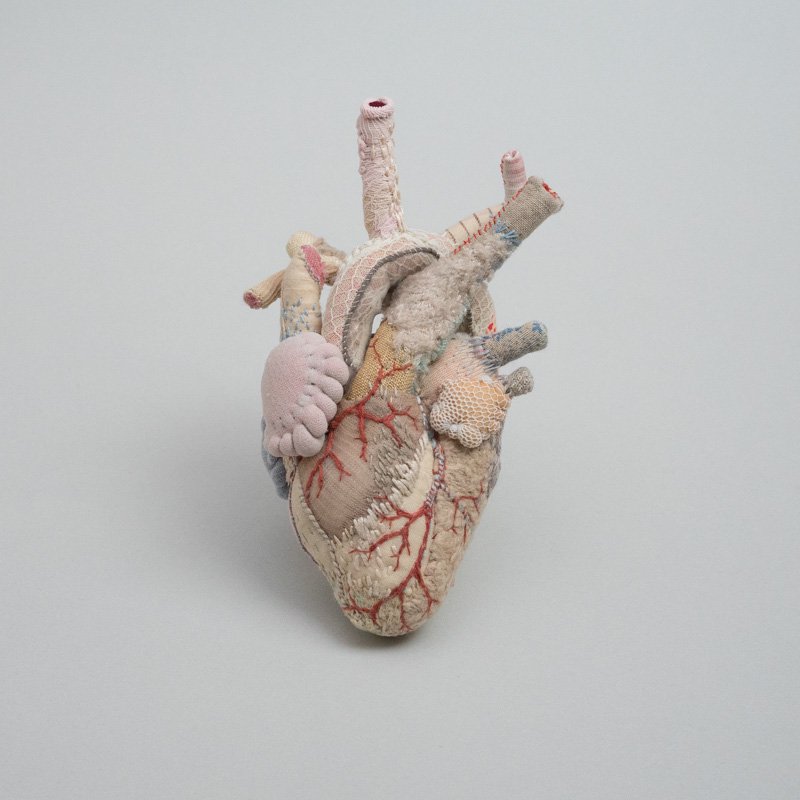
STUFFED HEART “うわのそら” #1
-

STUFFED HEART “うわのそら” #2
-
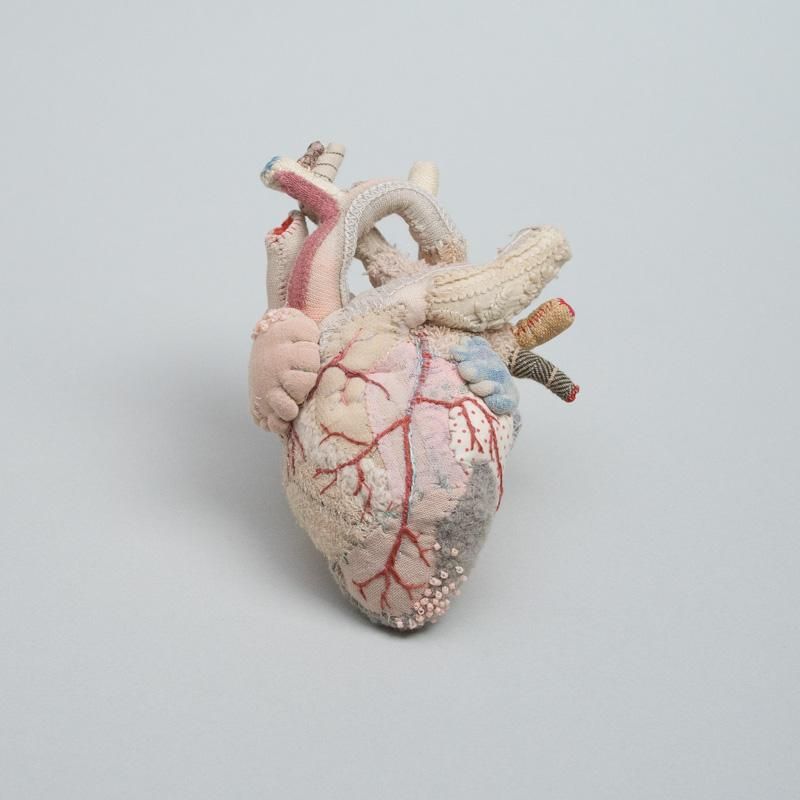
STUFFED HEART “うわのそら” #3
-
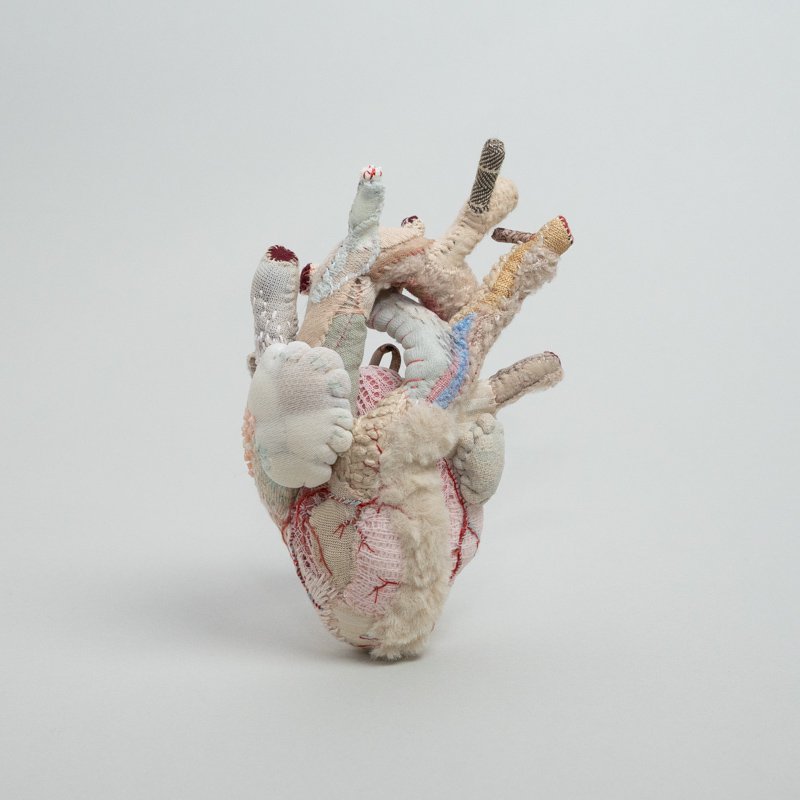
STUFFED HEART “うわのそら” #4
-
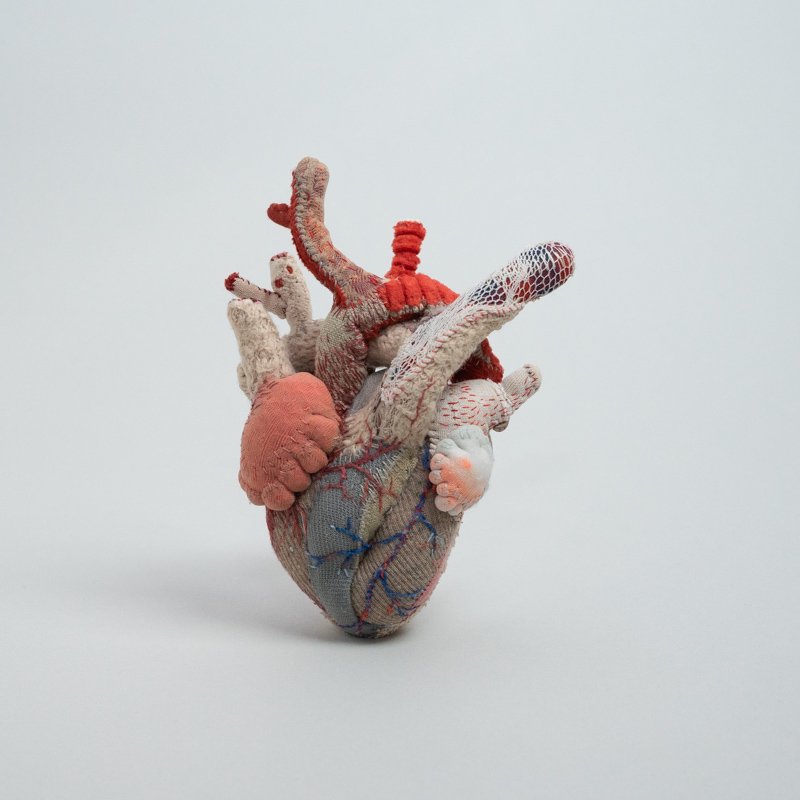
STUFFED HEART “うわのそら” #5
-
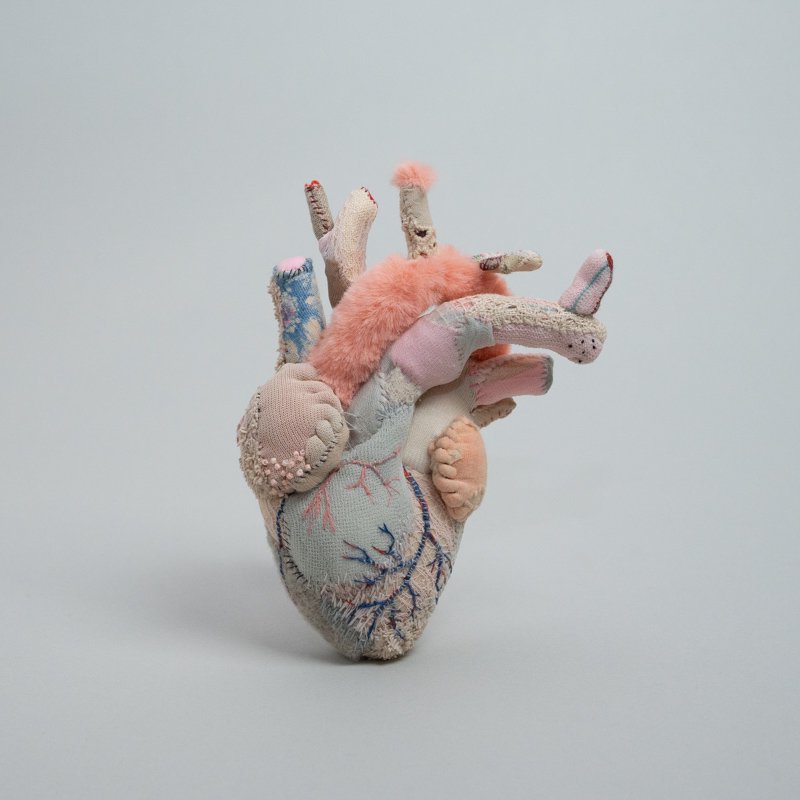
STUFFED HEART “うわのそら” #6
-
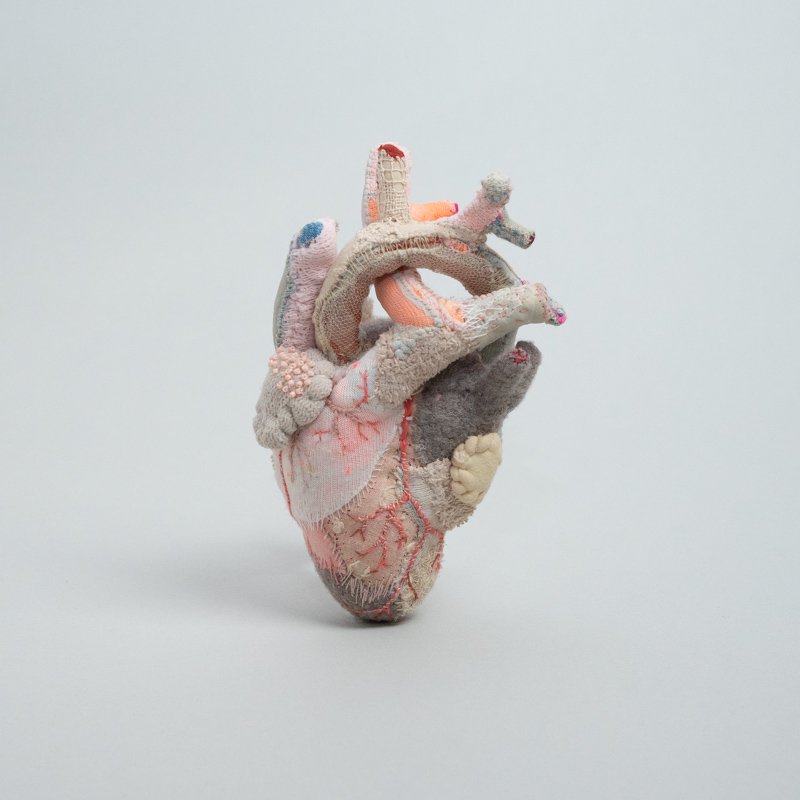
STUFFED HEART “うわのそら” #7
-
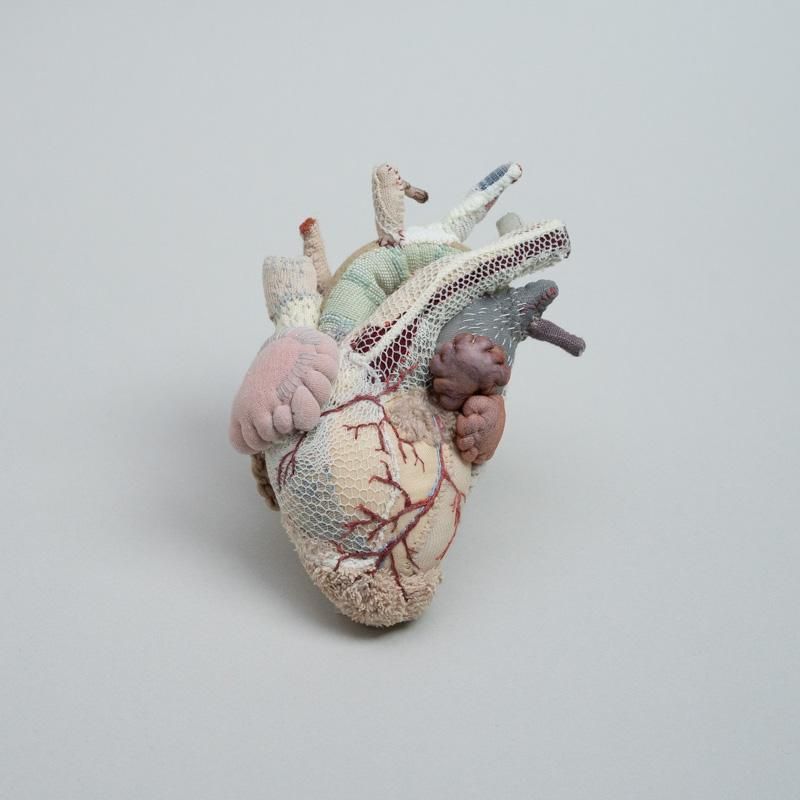
STUFFED HEART “うわのそら” #8
-

STUFFED HEART “うわのそら” #9
-
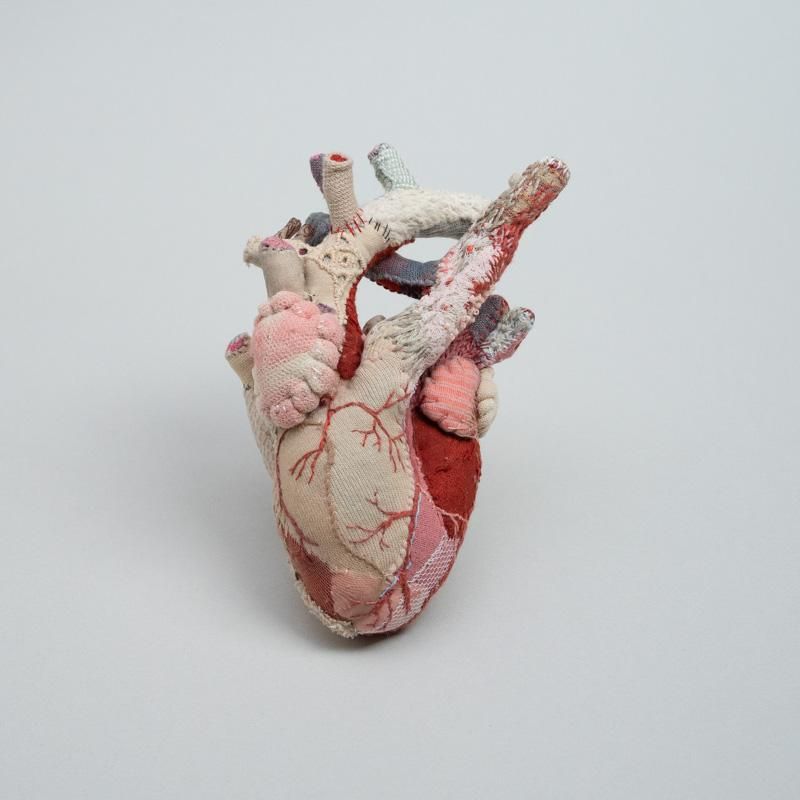
STUFFED HEART “うわのそら” #10
-
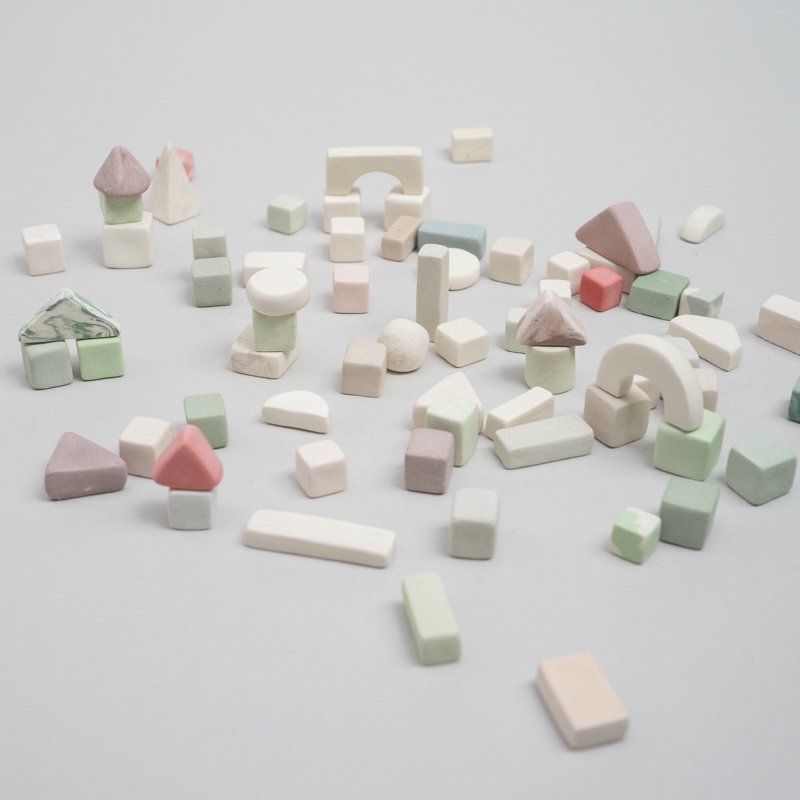
TSUMIKI “ぼんやりした記憶” A
-
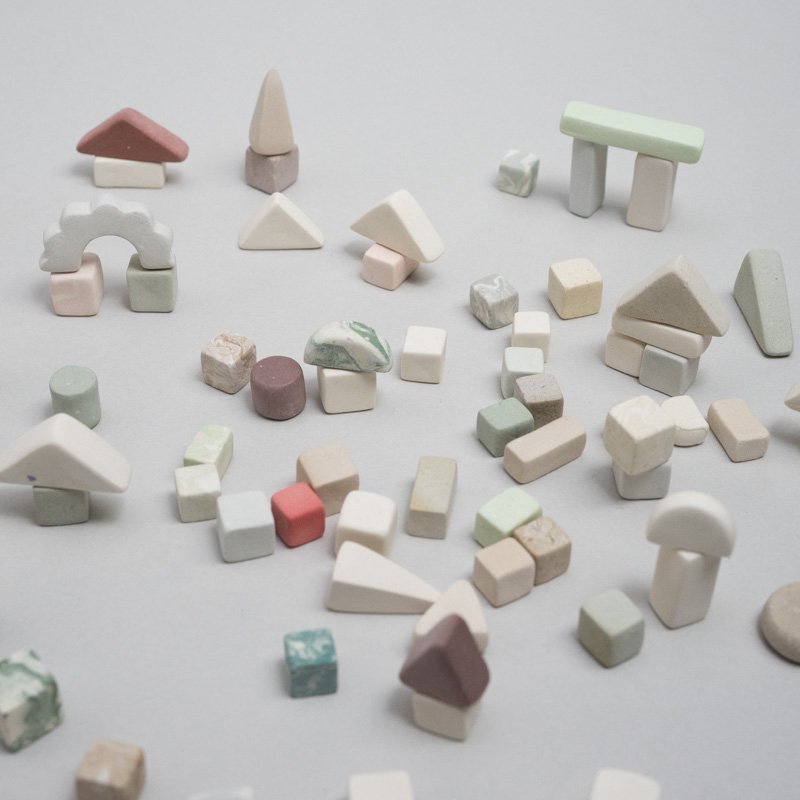
TSUMIKI “ぼんやりした記憶” B
-
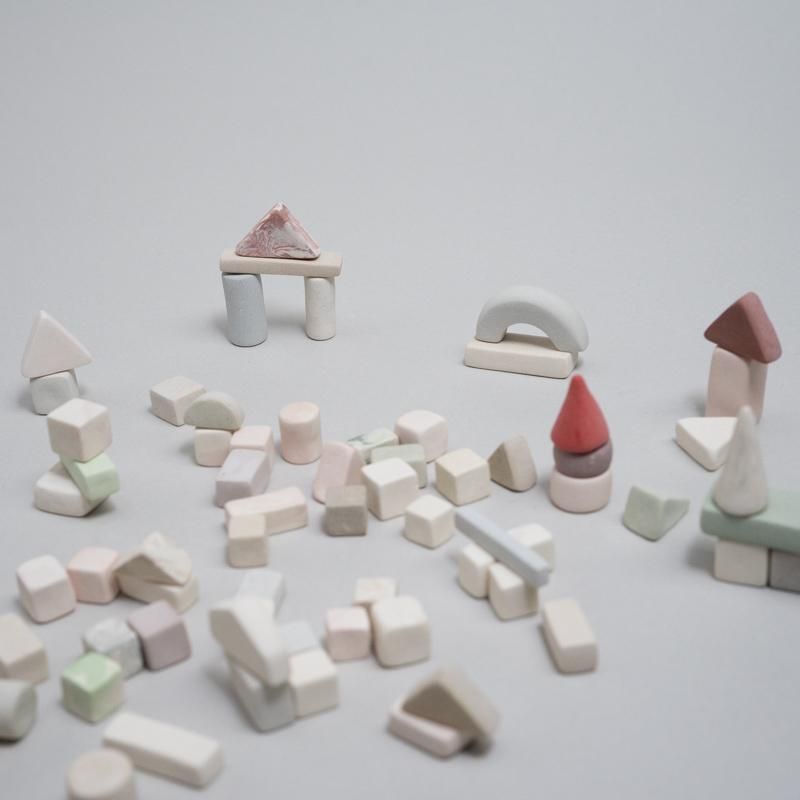
TSUMIKI “ぼんやりした記憶” C
-
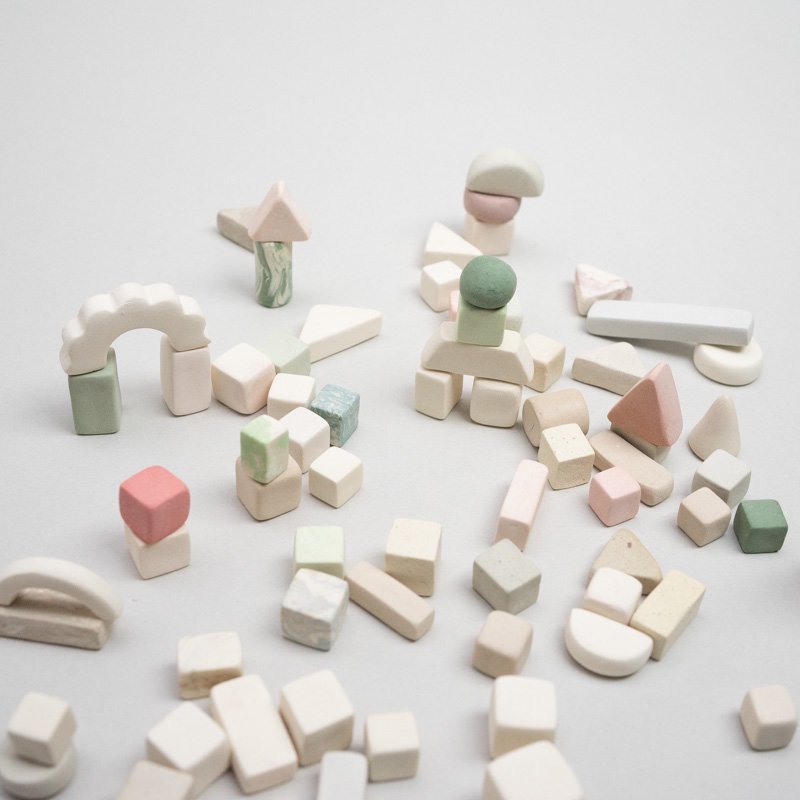
TSUMIKI “ぼんやりした記憶” D
